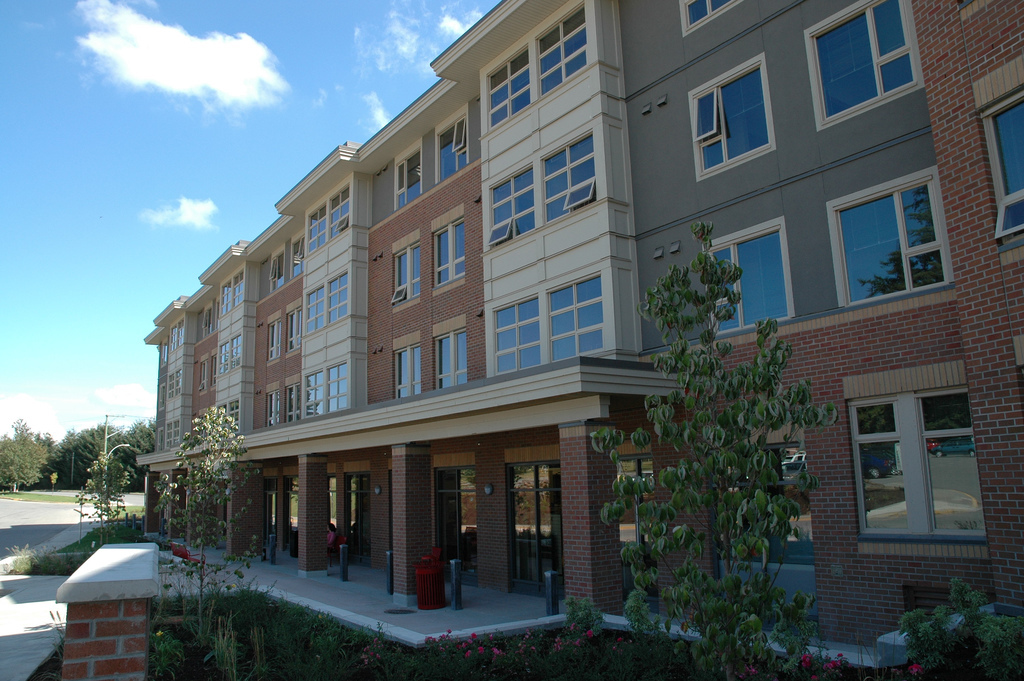Earlier this month, Simon Fraser University (SFU) announced plans to expand their on-campus housing. The $104 million project will start in Fall 2020 and will see an additional 369 beds for first year students on campus.
The project is part of the B.C. government’s university $450-million housing plan, which, over six years, plans to create 5,000 new beds for post-secondary students.
UFV has previously hinted that they are also being considered as a possible aid recipient under the B.C government’s university housing plan. While no official announcements have been made, it is something that is sorely needed on campus.
UFV’s housing situation is tragically inadequate compared to other B.C. universities. Its one residence building, Baker House, opened in 2007 and there has been no significant expansion of bed space since.
The building holds 204 students, or just under two per cent of the student population. Even for UFV’s relatively small size this is disproportionately tiny.
SFU’s Burnaby Mountain Campus has seven residential buildings and nine townhouse complexes, for a total capacity of 1,764 students. In fall 2014, this was seven per cent of the student body.
At UBC, the on-campus residences can house 21 per cent of the student body, considering both graduate and undergraduate students. UBC Okanagan can house 16 per cent and there are plans to expand the residences on both campuses as demand continues to grow over the next few years.
For a comparison a little closer to UFV’s size, with one-third of the student population of UFV, the University of Northern B.C. still has enough beds for 15 per cent of their student body.
The size of the university and the student population doesn’t seem to matter, so what does?
The UFV Abbotsford campus is surrounded primarily by land on the Agricultural Land Reserve (ALR), which is protected for farming purposes. The university couldn’t expand onto it, even if it bought the land, but it’s possible that UFV has been hoping the new UDistrict community plan will fill in some gaps.
The community plan for the development of residential and commercial properties around the university says it will consider students and low income housing. So far, this has not been evident in the residential proposals that have been submitted to, and approved by the city.
Over 500 new units have been built in UDistrict over the last few years. Most notably, three buildings which will amount to over 200 units were approved in 2017 to be built on King Road. The first development to be approved for UDistrict, Ubuilding Abby on the corner of McCallum road and King Road, was completed earlier this year and has 94 residential units. One online listing advertised a one-bedroom, 550-square-foot apartment for $1,250. This is not affordable for the average student.
UFV is expanding. It is nearing capacity for class sizes and parking spaces, and has only just stopped the expansion of its international student population. If UFV plans to grow, which one can only assume it will, the expansion of its housing needs to be considered, and quickly.


